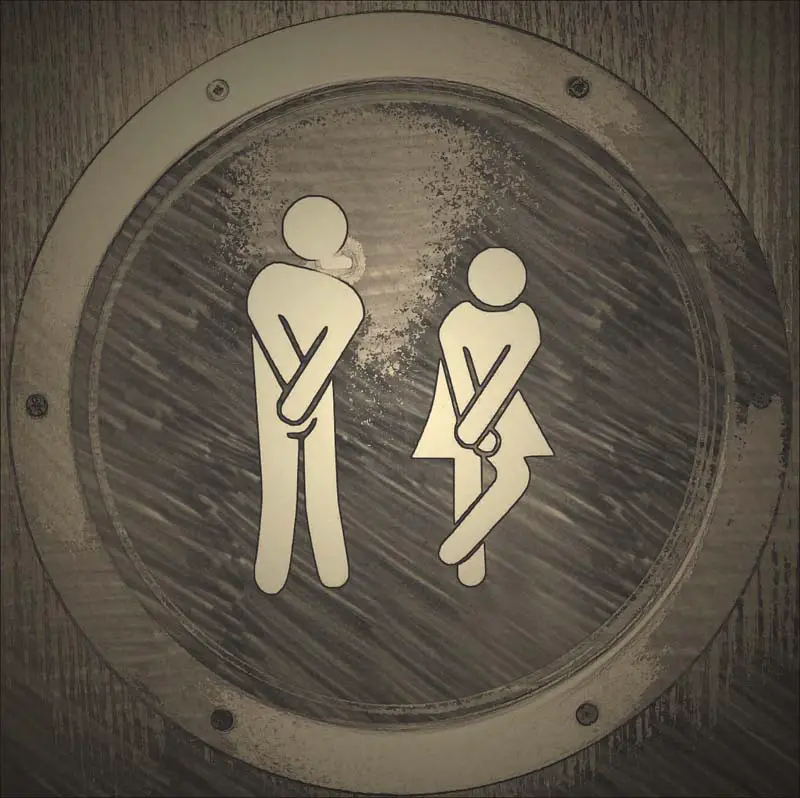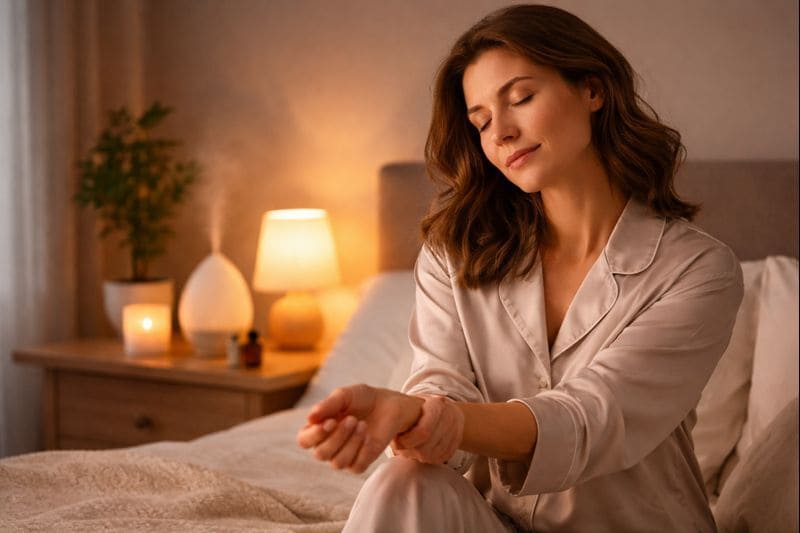Do you have a urinary tract infection (UTI) that has been troubling you? Well, if this is your case, then we’re in the same league. Recurring urinary tract infections have once been a central point in my life. For a while, my UTI anxiety was such that I was convinced I would never go back to what I formerly considered normal.
I always used to think that would I ever be able to overcome these awful UTIs, was it even possible? It took me a couple of years to figure out that yes, it is possible, all thanks to the beautiful acupoints for urinary tract infection. But to recover, I had to do a lot of research and address a few important areas of my health.
My Experience With Acupoints For Urinary Tract Infection

I had my first UTI in my 20s. I still remember that time when all I wanted was something to fix the pain. My doctor gave me some antibiotics, which worked within a few hours. I never thought about it again until, after only two months, the same dreadful symptoms crept back.
It was at that moment I found out that my body was really prone to UTIs. Constant antibiotic use, apart from the temporary relief, brought many side effects as well. Eventually, after some time, the efficacy of the antibiotics lessened and compromised the healthy balance of bacteria in my gut leading to digestive problems.
Fortunately, one lucky day I met a family friend after many years who noticed me going to the bathroom every five minutes. He told me to try acupuncture or acupressure for my UTI. I was in a terrible state and was ready to try anything to relieve my pain and suffering at all costs, so I started researching about these natural therapies immediately.
What Are Acupuncture And Acupressure?
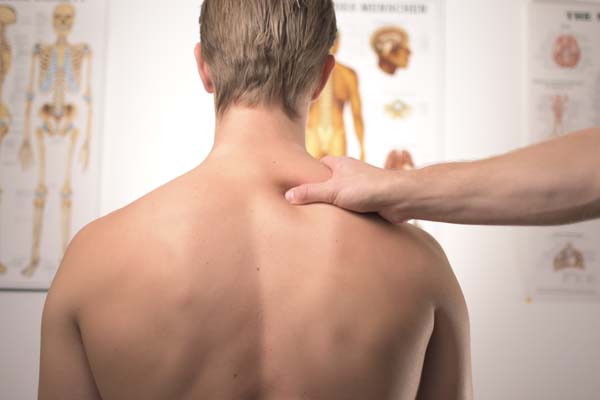
Acupuncture is a natural treatment that has been used in Traditional Chinese medicine (TCM) for ages to treat several health conditions. Hair thin needles are inserted into specific acupoints (the supposed energy points on the body) to regulate the flow of energy (qi) all over the body to alleviate pain and other health problems.
Acupressure involves the same concept, but the only difference is that instead of needles, manual pressure with the help of hands is applied to the acupoints. The best part about acupressure is that you can quickly learn this technique and the location of the acupoints and work these pressure points by yourself free of cost at home.
So How Can Acupressure Treat A UTI?
After extensive research and several discussions with different acupuncturists, I discovered and learned about many acupoints that were spread all over the body. Each acupoint was associated with a meridian or a pathway that was linked with an organ. I found out the right pressure points that were supposed to treat my UTI and learned how to perform acupressure at home.
Basically, it’s a massage technique in which you have to apply pressure with your fingers or thumb on pressure points, and that’s all. Unlike conventional medicine, the best part about using acupressure for UTI is that it is free from any side effects.
It helps strengthen the urinary tract area and boosts the immune system to provide relief from UTI.
In TCM, most UTIs are regarded as a damp-heat present in the lower jiao(bladder). To treat damp-heat in the lower jiao, TCM uses acupressure for urinary tract infections to clear heat, dispel dampness, and promote urination.
The lower jiao is part of the San Jiao meridian and is compared to a draining ditch because it transforms, separates, and excretes fluids. The lower jiao is the area below the navel. In TCM, it contains the kidney and liver (functionally) and the urinary bladder. When this lower jiao does not work properly, it develops a damp heat in the body, which results in painful and burning urination.
The 4 Most Effective Acupressure Points For Urinary Tract Infection
Acupoint: Liv-2 (Other Names: Liver-2/Xing Jian/Interval Pass)
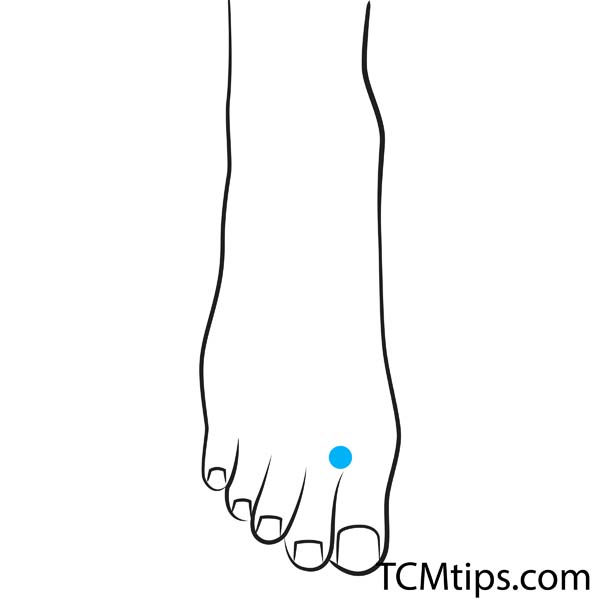
The Xing Jian point or Liver 2 (Liv-2) of the liver meridian is the most commonly used acupoint to treat a UTI. This acupoint for urinary tract infection is situated in the dorsum between your big toe and second toe, 0.5 cun (1 cun is the width of a person’s thumb at the knuckle) proximal to the edge of the web. Liv- 2 is a vital point on the Liver meridian, and according to TCM, it is capable of draining or eliminating fire from the body and clear heat from the lower jiao resulting in relief from burning urination.
Acupoint: SP-9 (Other Names: Spleen-9/Yin Ling Quan/Yin Mound Spring)
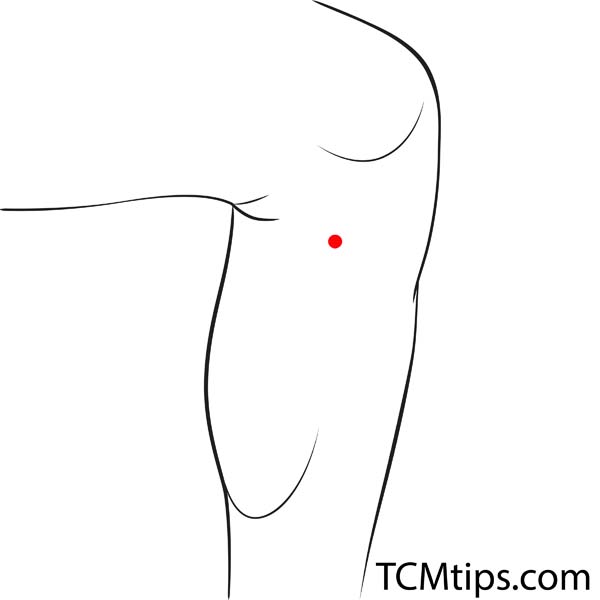
This great acupoint is very useful to drain the damp heat, generally through urination. It can be used to treat bladder & urinary tract infections, chronic yeast infections, hepatitis, and leg edema. It drains dampness by promoting urination.
Sp-9 is located on the inside of the leg, under the knee in the soft spot just next to the border of the top of the tibia and calve muscle. The easiest way to find it is to run your thumb up the edge of the bone on the inside of your lower leg until it falls into a hole. If you are suffering from a UTI, stimulating the Sp-9 acupoint can be very helpful.
BONUS: You Can Reduce Phlegm by Massaging SP-9 Acupuncture Point and This Point at Home
Acupoint: SP-6 (Other Names: Spleen-6/San Yin Jiao/Three Yin Intersection)
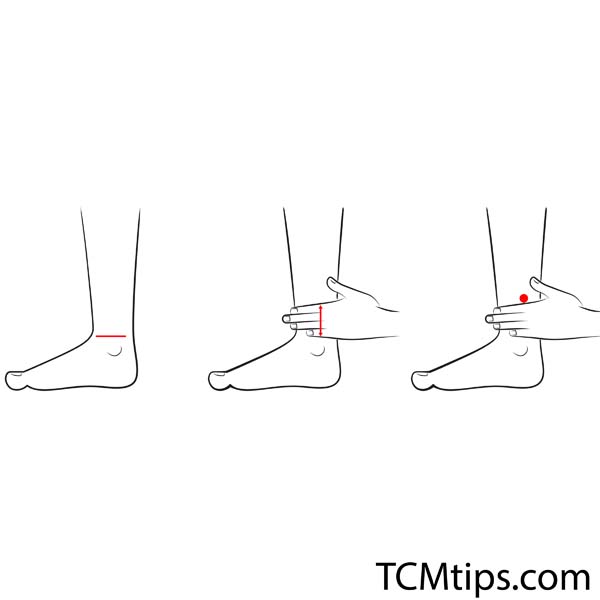
SP6 is the junction point of the liver, spleen, and kidney meridians. According to TCM, this acupuncture point can strengthen the spleen by regulating the balance of energy in the body, blood, liver, and kidneys. It is located on the medial side of the leg, 3 cun (four fingers except the thumb goes side-by-side) above the upper edge of the medial malleolus, and the posterior edge of the tibia.
It is one of the most dynamic points since it crosses three meridians and can treat several conditions associated with all three organs. It reduces dampness, supports the liver, reinforces the kidneys, and promotes healthy urination.
BONUS: SP-6 is also the miracle of pressure points for female arousal
Acupoint: KD-10 (Other Names: Kidney-10/Yin Gu/Yin Valley)
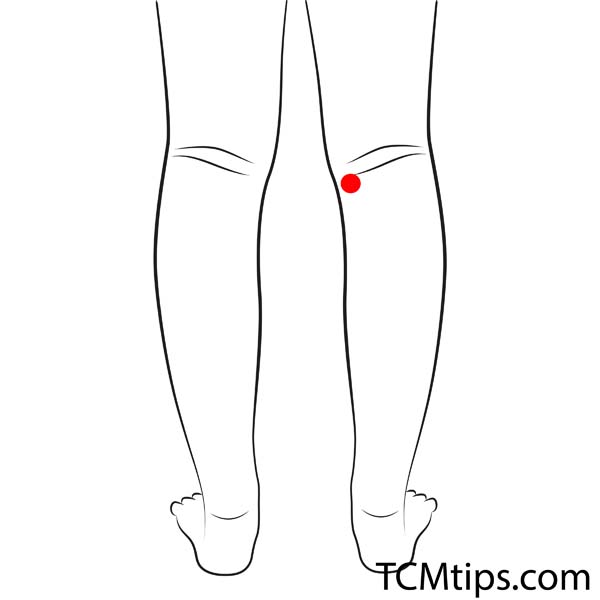
KD10 is a great acupoint for urinary tract infection that helps reduce dampness and damp-heat from lower jiao. It also benefits the kidneys, alleviates pain, and provides relief in difficult urination, including the urgency of urination with pain or burning. It is one of the best pressure points to relieve UTI pain.
To locate this point, flex your knee, and you will be able to find the point on the medial side of the popliteal fossa, between the tendons of semitendinosus and semimembranosus. The acupoint is sitting on the crease behind the knee.
Can Cranberry Juice Help A Urinary Tract Infection?
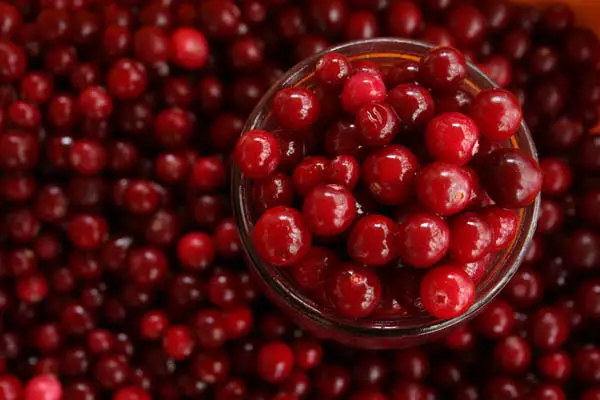
According to TCM, cranberry definitely helps a urinary tract infection. It is also commonly talked about everywhere on the news or in my friend’s circle that anyone with a UTI should drink cranberry juice to alleviate their symptoms.
However, according to my therapist, the cranberry juice available in the market is not suitable for UTI. They usually contain a low level of cranberry juice, and the rest is all artificial additives, sugar, and water. According to TCM, sugar can increase the body’s dampness and heat, which is not useful for preventing UTI.
This is why I only eat raw and fresh cranberries, and they work just fine to ease my UTI symptoms. Anyway, I find fresh cranberry juice hard to drink because of its sour taste too. The best thing we should do in case of a UTI is to drink plenty of water and get rid of that bad habit of holding back urine.
The Final Verdict
After stimulating the above acupoints for urinary tract infection myself at home, I noticed a considerable difference and reduction in the intensity of my UTI symptoms, which eventually came to the point that they were almost unnoticeable. I was amazed by this remarkable therapy that I easily performed at home without going to any clinic, totally free of cost.
I actually haven’t had a full-blown UTI since I started acupressure. However, I do have a bit of symptom like the urge to pee, but nowhere near as much as I did before acupressure. I feel like I’ve finally got my life back! I would highly recommend you try acupressure if you, too, suffer from recurrent UTIs like me.
Photo by Ayo Ogunseinde on Unsplash, by Jesper Aggergaard on Unsplash, and by Irita Antonevica from Pexels

Try our Anti-Aging Gua Sha Tool designed to bring out your skin’s natural glow.
Best Gua Sha Product- Anti-Aging: The tool is designed to target 11 specific aging signs such as wrinkles and sagging skin. By following the 7-step routine, users can improve skin firmness and reduce fine lines naturally.
- Enhances Skincare Routine: It works effectively with serums and lotions, boosting absorption and efficacy of skincare products.
- Visible Skin Improvement: Users can expect a smoother complexion, reduced puffiness, and a more youthful appearance.
 P. Sze
P. Sze 